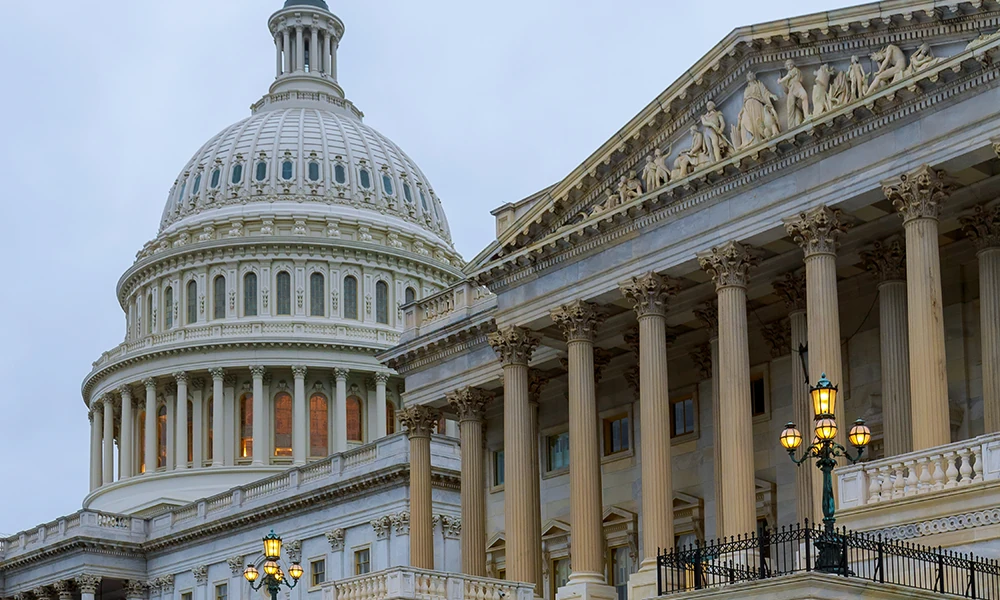Print this Policy Paper >>
Background
When an ESOP is first created, the ESOP buys shares from a business owner, and the cash for the transaction is “loaned” by the Company to the ESOP. Those funds typically come from three sources: the company’s cash on hand, debt from a bank or another outside lender, and debt from the selling stockholder. Senior lenders (such as a bank) typically only finance a portion of the debt needed, especially when forming a new majority ESOP. Even with smaller tranches, in multi-phased conversions to ESOP, senior lenders may not finance 100% of the debt needed to complete the transaction. This means that buyers either need to access higher cost debt (such as mezzanine debt) or sellers need to self-finance the gap. Particularly for sellers looking to retire and wanting to be fully cashed out at the transaction close, this can often eliminate the option of converting to ESOP.
To foster more ESOPs, access to capital is critical. Mezzanine lenders are typically much more expensive, causing the burden of debt to become too risky for the transaction. To close the gap, when sellers will accept less than 100% cash on close, sellers often provide financing, either with or
without warrants, earn outs or other mechanisms that go beyond straight amortization with interest. However, these elements are now under increased scrutiny by the
Department of Labor.
To remove access to capital as a barrier to ESOP conversion, either sellers need to be better motivated to accept less than 100% cash on close, or better structured funding sources need to be identified or created that allow sellers to receive 100% cash on close. ESOPs must be protected from lenders and equity investors who seek to abuse the system, taking advantage of ESOP tax treatment to capture more than their fair share in the process.
Action Items
- Work with ESG-focused private equity firms, institutional investors, and family offices interested in minority, non-controlling stakes in ESOPs to foster employee ownership.
- Carefully evaluate recent proposals to provide Federal loan guarantees to SBICs, involving legal/ financial experts to evaluate reputational risks and protect the ESOP.
- It should be a goal to either advance the 2028 starting point for S corporation 1042 benefits, or increase the 10% limit to gain parity with comparable C corporation 1042 tax treatment.
- Work with congressional leadership to develop clear rules to govern DOL oversight of ESOP transactions, focused on warrants and interest rates for seller financing.
Possible Solutions
Capital to fund ESOP conversions comes in two forms, debt and equity. Incentives to create more debt capital might include tax credits, sinking loan funds, or subsidized debt and these might be with or without government backed guarantees. Incentives to create more equity capital might be directed to family office, institutional, and PE investors but should include protections for ESOPs to prevent equity investors from flipping companies, wresting control, or selling off assets. Protections for any debt or equity incentives scenarios should also include limits on cost of capital, returns on investment, and might be structured similarly to enterprise or opportunity funds.
Selling stockholders are also important sources of capital because they can elect to receive debt instead of cash in return for a portion of the sale of their ownership. If a senior lender is already providing debt and has first call on the Company’s assets, the selling stockholder typically will need added incentives to take on the risk associated with providing subordinated financing. This usually takes two forms: a higher interest rate or warrants that provide added returns based on the performance of the stock after it is sold to the ESOP. While these practices are common for mezzanine lenders in the broader marketplace, the Department of Labor has begun scrutinizing interest rates and warrants in their investigations, further impeding the motivation of sellers to provide financing.
Another motivation to incentivize sellers is “1042 Treatment” (under IRC Section 1042), which allows sellers to defer capital gains taxes by rolling over the proceeds from a sale of stock to the ESOP into certain domestic securities. While this has been helpful to close the gap between a 100% cash up-front sale to a third party, until 2022, section 1042 only applied to the sale of stock of C Corporations, while many small to medium sized businesses are S Corporations. The SECURE 2.0 Act of 2022 allowed, for the first time, S corporations access to section 1042 benefits starting in 2028 and only at a limited (10%) level.







